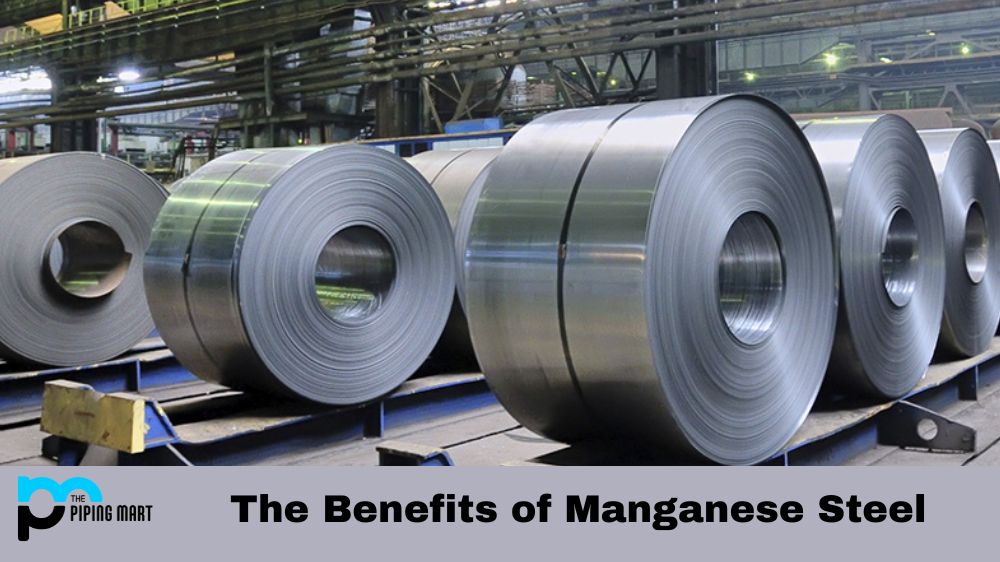When it comes to welding, several methods can be used. Today, we’ll look at two of the most popular welding techniques: brazing and gas welding. Both methods have unique advantages and disadvantages, so it’s essential to understand the differences between them before deciding which is best for your project.
What is Brazing?
Brazing is a process in which two pieces of metal are joined together by melting a filler material into the joint. The filler material usually has a low melting point and comprises either brass or bronze. This method allows for strong joints that are also fairly easy to produce. It also does not require high temperatures, making it suitable for many metals such as copper and steel. Brazing is a type of welding that uses a filler metal to combine two pieces. The filler metal has a lower melting point than the base metals, so it can be melted and drawn into the joint without heating the base metals to their melting point. Brazing is typically used for joining thin pieces of metal together, as it can produce a strong joint without warping the metal.
What is Gas Welding?
Gas welding is similar to brazing because it uses a filler material to combine two pieces of metal. However, the difference lies in the temperature used during the process—gas welding requires significantly higher temperatures than brazing. The filler material used in gas welding also has a higher melting point than brazing, allowing for stronger joints that are more resistant to heat and wear and tear over time. Gas welding is a type of welding that uses a gas flame to heat the metals being joined. The gas flame also provides the heat needed to melt the filler metal, which is then drawn into the joint. Gas welding is typically used for joining thicker pieces of metal together, as it can provide more heat than brazing.
Advantages & Disadvantages
The main advantage of brazing is its low-temperature requirements; this makes it ideal for use with materials such as copper and aluminium that cannot withstand high temperatures without warping or other damage occurring. On the flip side, brazed joints are generally weaker than those produced through gas welding since they do not reach as high-temperature levels during production. Additionally, brazed joints lack strength and durability; they may need additional support structures like rivets or braces for added stability and security, depending on the application.
Gas welded joints, on the other hand, offer much greater strength and durability due to their increased temperature requirements but can be difficult to achieve due to their complexity – especially when working with metals such as aluminum or copper, where warping can occur if too much heat is applied during production. Additionally, gas welded joints require special equipment and specialized skills, meaning they may be costlier in terms of both time and money spent to produce them properly, depending on your needs.
Advantages of Brazing
One advantage of brazing is that it can join dissimilar metals together. Dissimilar metals have different coefficients of expansion, which means they expand and contract at different rates when heated or cooled. This can cause problems when trying to weld them together, as the metals will expand and contract at different rates, causing the weld to crack. However, this is not an issue since brazing does not rely on heating the base metals to their melting point. Additionally, brazing can be used to join delicate materials such as glass or ceramic without damaging them.
Advantages of Gas Welding
One advantage of gas welding is that it can be used to weld thicker pieces of metal together than brazing. This is because gas welding can provide more heat than brazing, which is necessary for welding thicker pieces of metal. Additionally, gas welding can be used to weld metals that are difficult to braze, such as stainless steel.
Disadvantages of Brazing
One disadvantage of brazing is that it requires a clean surface to create a strong joint. Contaminants on the surface of the metal can prevent the filler metal from bonding properly with the base metal, causing the joint to be weak. Brazing typically cannot join metals thicker than 3/16 inches (4 mm).
Disadvantages of Gas Welding
One disadvantage of gas welding is that it can be dangerous if not done properly. The gas flame used in gas welding can reach temperatures up to 6500 degrees Fahrenheit (3600 degrees Celsius), which can easily cause serious burns if you are not careful. Gas welding also produces harmful fumes that can be dangerous to your health if exposed to them for too long.
Conclusion:
In conclusion, when deciding between brazing and gas welding, you must consider what type of joint strength you need and any cost constraints you may have before making a decision. Each technique offers unique advantages and disadvantages depending on your specific application needs. Ultimately it’s essential to weigh all factors when determining which method will work best so you can get the most out of your project!
Meet Heer, a dynamic and driven writer learning tricks of her trade in the metal industry. With a background in Digital Marketing, Heer brings a unique perspective to her writing, sharing valuable insights. Apart from blogging she like reading and hiking.




